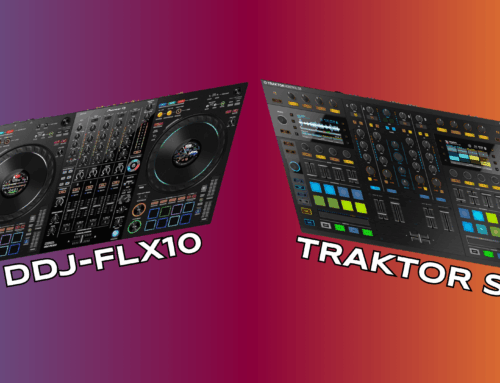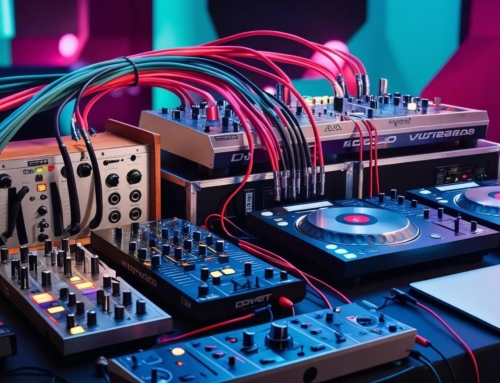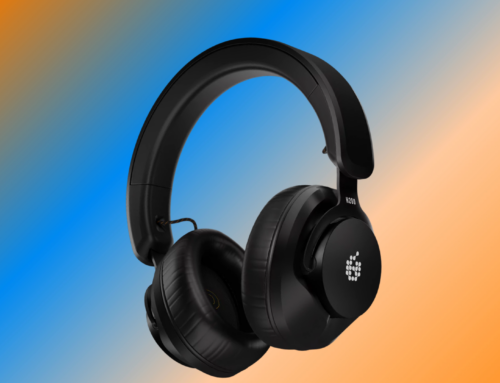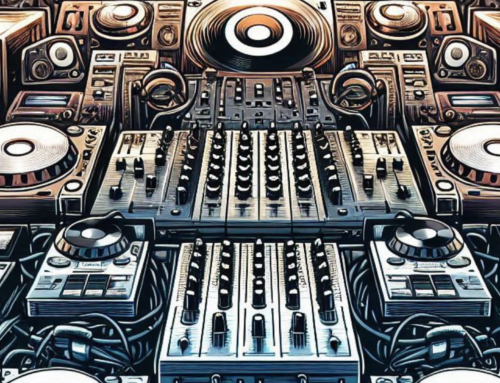
Technics 1200
Panasonic’s 2010 decision to discontinue the truly legendary Technics SL-1200 turntables was a response to the prolific adoption of new breeds of technology that featured combined advantages of massively increased functional versatility, and a much broader range of viable price points thanks to greater variety in materials, lower manufacturing overheads and cutthroat retail margins.
Those things that make digital different from analogue are, on the whole, the kinds of things that we enjoy: flexibility, portability, customisability, affordability. The arguments against digital have lost their sting. The death of the 1200s, set against the landslide of modern MIDI gear, is telling: we’re nearing the end of the transition to digital, and vinyl DJs, like it or not, are becoming an archaic, specialised trade.
The flexibility of digital has also seen a boom in both hardware/hardware and hardware/software hybridisation. CDJs now double as advanced MIDI controllers with native integration into industry-standard software packages. They’ll play an array of file formats from a range of media, give detailed visual feedback on big screens and let you do things like loop and hotcue.
New controllers carve up the market with a scorching pace of development. They can be impossibly niche and are just made for the kind of DIY customisation that was, not so long ago, the domain of circuit benders and Max/MSP nerds, and while the audiophiles remain strong, the number of turntablists who will only use vinyl shrinks with each new release of Traktor.
DJs today can carry unimaginably large crates of meticulously cross-referenced and searchable songs in their pocket – and when they play them they’ll have at their disposal a range of features that, even in its most basic form, is vastly more powerful than they could ever get from running a 1200 into a mixer.
And then, of course, there’s the free music.
There are cons, of course. Sound quality is always an issue and probably always will be – there’s nothing quite like that analogue warmth, after all – but the EDM consumers have long since made it known that they’re only too happy to accept digital, at home, in the studio or at the club. And think about this: 2011’s clubbing debutantes were born in 1993 – that’s when Prince changed his name to a symbol, and it’s also the year the SL-1200 celebrated its 21st birthday. These kids have grown up infused in digital media. The audiophile peculiarities of vinyl aren’t going to be enough to tip those scales.
Detractors are also quick to point out the comprehensive lack of skill required to press a Sync button and let a machine do the work for them. And of course they’re right, but by activating a reliable beatmatch with a button press, our hands and minds are free to explore new possibilities. Creative innovation is nourished where we’re able to ignore – to transcend, really – the basics that so taxed our forebears, and so extend our capacity for finding and manipulating our technical and ideological limits. The divide between traditional and digital DJs is the divide between horse-drawn cart and automobile.
The legacy of vinyl cannot be overstated, but its relevance is fading and the digital DJ scene is just now erupting with ideas, with passionate people, and with the money to backend this shifting global industry. The baton has been passed.




